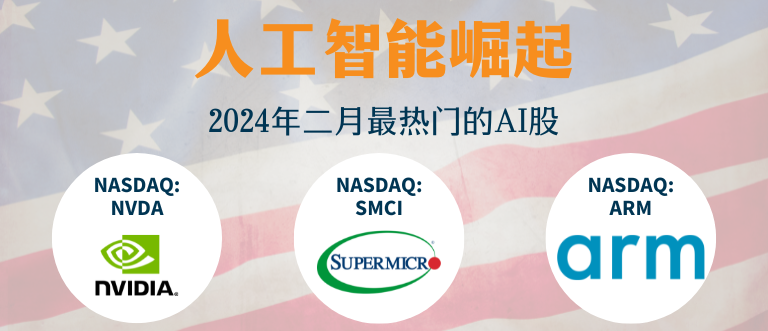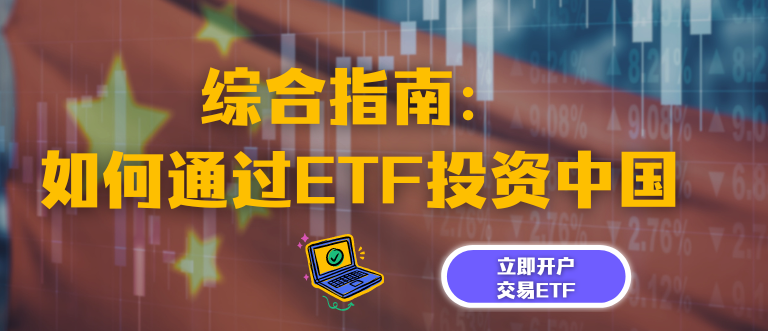Stop-limit sell order
Table of Contents
Stop-limit sell order
A stop-limit sell order is a terrific strategic instrument that allows you to specify exact selling conditions while maximising gains and reducing losses. These orders are a smart approach to managing market volatility since they automatically switch to limit orders when your pre-determined price has been met. The secret to a shrewd trader’s success is using stop-limit sell orders effectively to maintain control, reduce risks, and maximise your selling strategy.
What is a stop-limit order?
Investors can effectively control their stock positions by using a strategic instrument called a “stop-limit sell order” in trading. Combining a stop order with a limit order, this order type enables traders to specify a predetermined selling price that will be activated when a given trigger price is achieved.
Investors may automatically lock in profits or reduce losses with this proactive method, giving them more control and accuracy over their trading strategy. Traders manage risk and return in ever-changing financial environments by navigating the market with a customised exit strategy when using stop-limit sell orders. It’s a clever move for anyone looking for a structured, automated sales process.
Understanding stop-limit order
Consisting of two key components, the “stop” and the “limit,” stop-limit order combines features of market and limit orders.
The order is triggered when the market hits or surpasses the trigger price specified by the “stop”. When the order is activated, it becomes a “limit” order, indicating the highest or lowest price the trader is prepared to purchase or sell at.
Control over entry and exit points is facilitated by this dual framework, which is essential for minimising losses and securing profits. It’s crucial to remember that the stop-limit order cannot be triggered in a fast-moving market if the limit price isn’t achieved, which might expose the trader to volatile prices.
Thus, careful evaluation of risk tolerance and a thorough grasp of market dynamics are essential for successful usage.
Working of a stop-limit order
As we discussed, stop-limit orders combine the features of a stop order and a limit order to control stock or cryptocurrency trades.
Let us understand the working of a stop limit order by looking at the following example:
Suppose you would want to purchase shares of company XYZ, which are now selling for US$ 100 per share. Intending to make a profit if the price rises to US$ 150, you choose to execute a stop-limit order as follows:
- Set a stop price of US$150 to indicate when the order becomes active and ready for execution.
- Set a limit price of US$160, indicating the maximum amount you are prepared to pay for the stock.
The stop-limit order will only be executed upon activation if an individual is prepared to sell their ABC shares for US$160 or less. But the order could remain unexecuted if the stock price rises beyond US$160 without a fill. Under situations of a volatile market, traders may efficiently manage and control their transactions using this strategic strategy.
Benefits of a stop-limit order
As stop-limit orders provide investors enhanced control and the ability to choose specific exit points, they may be helpful in risk management. When the market moves against their positions, this shields them from suffering significant losses.
Furthermore, once you submit a stop-limit order, it will be automatically executed when the stop price is reached. Traders who prefer a more passive trading technique or cannot monitor the market may find this helpful.
Several trading methods can use stop-limit orders, including swing, position, and day trading. Not only can they be utilised for long positions, but they can also be employed to enter or exit a trade.
Example of stop-limit order
With a stop price of US$50 and a limit price of US$49.50, a trader may execute a stop-limit sell order for the stock.
The order is triggered when the stock price falls to US$50, but it won’t go through until the price is US$49.50 or above. In volatile markets, traders can control when to enter and depart more accurately.
Frequently Asked Questions
A stop order’s primary feature is that the trade is performed at market value if the price meets the stop price. Other key features include:
- The order becomes a limit order when the stop price triggers it.
- By automating trades based on predetermined standards and balancing the speed and price control requirements, the stop-limit order assists investors in navigating unpredictable markets.
- They are often used to automate purchasing or disposing of securities at specified levels while preserving price control, helping to minimise risk in volatile markets.
Stop-limit orders give investors more control over their trades, which is one of their primary advantages. By only triggering the limit order when the set price level is achieved, the stop price helps guard against significant losses. This is especially advantageous when markets are volatile.
However, stop-limit orders have some disadvantages as well. One among them is the possibility of missed opportunities. The order might not be executed, and the investor would lose out on possible gains if the stock price rose quickly over the price limit.
Also, if you cannot find enough takers to satisfy your order, you will have a liquidity problem. Your order may execute less often the more conditions you start adding to it.
Thus, to maximise the efficiency of stop-limit orders, traders must carefully evaluate the state of the market and price fluctuations.
Stop-limit orders ensure the price, while stop-loss orders ensure execution. A stop-loss order is made to automatically sell an asset whenever its price drops below a specific limit, therefore minimising potential losses. On the other hand, a stop-limit order combines a stop order and a limit order. When the asset reaches a given price, it initiates a limit order to purchase or sell, but if the limit price fails to be met, there is no assurance of execution.
Stop-loss orders can only be triggered within standard market hours. They will not be carried out during extended hours or on weekends and holidays when the market is closed.
A stop-limit order must include the term of validity for either the current market or the futures markets when an investor places it. The order will expire after the trading session if it is not activated, for instance, if the investor selects a one-day validity period
Related Terms
Most Popular Terms
Other Terms
- Options expiry
- Adjusted distributed income
- International securities exchanges
- Settlement currency
- Federal funds rate
- Active Tranche
- Convertible Securities
- Initial Public Offering
- Buyback
- Secondary Sharing
- Bookrunner
- Notional amount
- Negative convexity
- Jumbo pools
- Inverse floater
- Forward Swap
- Underwriting risk
- Reinvestment risk
- Final Maturity Date
- Payment Date
- Secondary Market
- Margin Requirement
- Mark-to-market
- Pledged Asset
- Yield Pickup
- Subordinated Debt
- Trailing Stops
- Treasury Stock Method
- Stochastic Oscillator
- Bullet Bonds
- Basket Trade
- Contrarian Strategy
- Exchange Control
- Notional Value
- Relevant Cost
- Dow Theory
- Speculation
- Stub
- Trading Volume
- Going Long
- Pink sheet stocks
- Rand cost averaging
- Economic Bubble
- Ask Price
- Constant prepayment rate
- Covenants
- Stock symbol
- Companion tranche
- Bourse
- Beneficiary
Know More about
Tools/Educational Resources
Markets Offered by POEMS
Read the Latest Market Journal

本文旨在为中级外汇交易者提供必要的信息和知识。它将涵盖我们上一篇文章 “五分钟看懂世界上最活跃的市场-外汇差价合约(FX CFD)...

解锁台湾股市的投资潜力!深入了解由强大的技术驱动型经济推动的股票市场,2023 年机械和电气设备将占出口的 69%。在政治稳定、投资者友好的法规和健全的法律框架下,探索台积电和富士康等全球顶级企业。台湾股市值得称赞的历史表现和在国际贸易中的的重要性使其更具吸引力。在这个科技实力雄厚、经济稳定、充满活力的股票市场中,抓住增长机遇!

了解外汇市场 外汇交易市场又称外汇市场,是一个买卖货币的全球性金融市场。它是全世界规模最大、流动性最强的金融市场,每日交易量超过 6 万亿美元。但外汇市场有一个重要却常被忽视的一点,就是它受交易心理的影响。在本文中,我们将探讨外汇市场的复杂性,还有把重点放在交易心理与传统交易策略共同发挥的关键作用...

五分钟看懂世界上最活跃的市场 -外汇差价合约(FX CFD)
外汇交易市场俗称外汇或外汇市场,是全球金融市场的支柱。它是世界上最活跃的市场,2022 年 4 月,全球交易额达到创纪录的每天 7.5 万亿美元[1] 。这个活跃的市场为交易者提供了利用货币价格波动赚取利润的机会。在本文中,我们将解释外汇市场的基本原理,助您了解其投资机制。 什么是外汇? 外汇市场是一个分散的全球市场,世界上所有货币都在这里进行交易...

随着通胀数据趋向 2% 的理想目标,人们普遍乐观地认为,在任何可能的降息之前,市场都不会受到不利影响。以下是美股市场2024年的一些重要事件,投资者在做出投资决策时可以参考留意。

根据《东南亚态势报告:2023》,失业和经济衰退是当前东南亚面临的主要挑战。各国采取了各种政策和措施以恢复经济,尽力摆脱新冠疫情的影响。尽管如此,越南在经济和社会方面展现出了令人满意的复苏迹象,经济增长逐季上升,成为世界经济的亮点之一。虽然全年GDP增速放缓至5.05%,低于政府6.5%的目标,但越南仍然是地区和世界经济增速较快的国家之一。






















